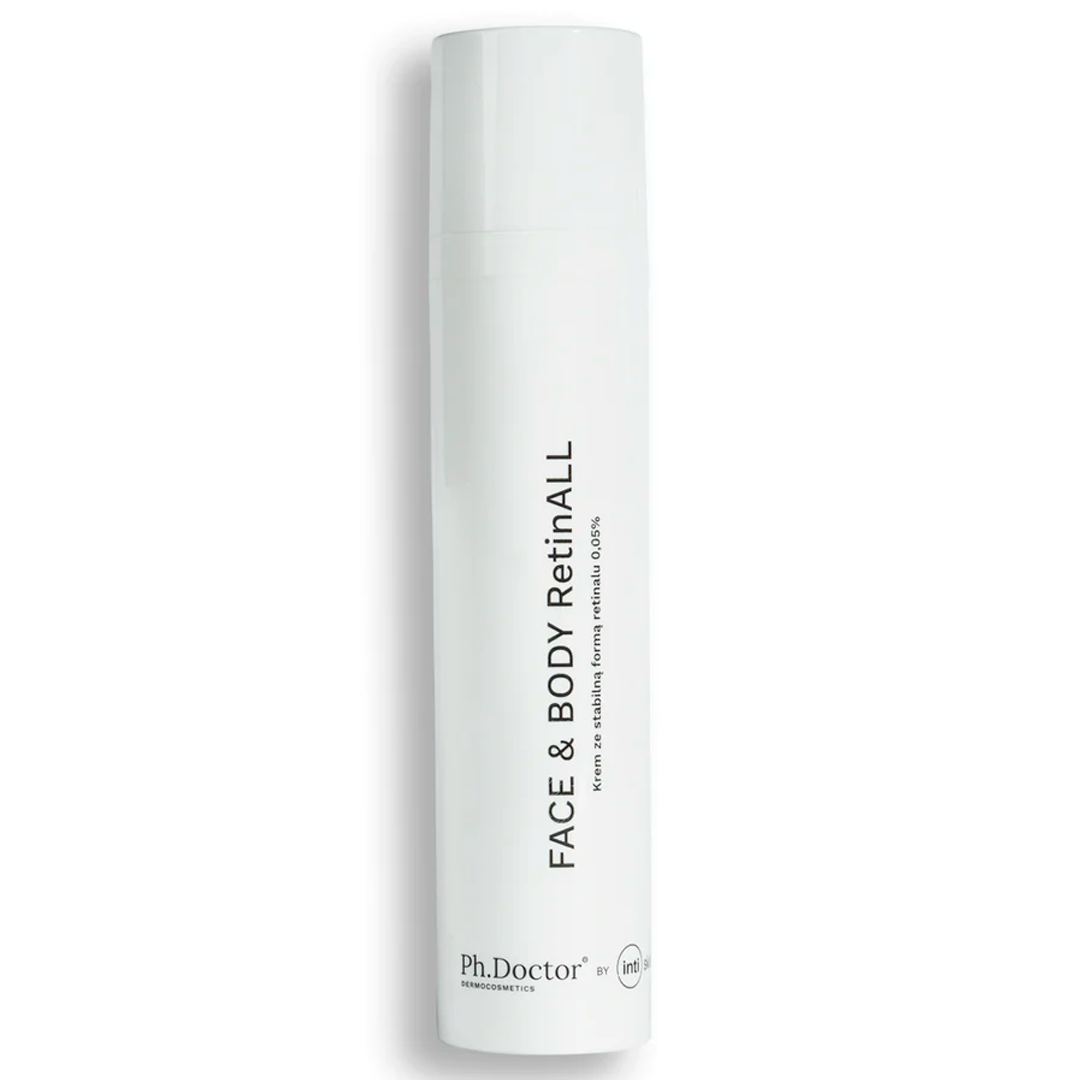Skin discoloration - prevention and effective ways to reduce it
What for discoloration?
Hyperpigmentation is a general term that encompasses various skin discoloration, pigmentation, and darkening disorders. These changes can be the result of various internal and external factors, such as hormonal changes, inflammation, trauma, acne, eczema, certain medications, and exposure to UV radiation.
Hyperpigmentation skin disorders are generally a consequence of overproduction of melanin, which is unevenly distributed.
The most commonly observed hyperpigmentation disorders include: chloasma, post-inflammatory hyperpigmentation, and lentigines.
-
Chloasma (melasma) is the most common skin discoloration of the face. Spots appear on exposed areas, mainly on the face and neck, usually in women. They are irregular in shape, symmetrically distributed and are often associated with hormonal changes, e.g. during pregnancy or when using contraception. Note: Avoid high temperatures and protect yourself from blue light (HEV)
-
Post-inflammatory hyperpigmentation (PIH) - discoloured lesions occur at the site of pre-existing acute or chronic inflammatory lesions and after trauma. Note: If you have a darker complexion, choose a cream with an SPF that also protects against blue light (HEV).
-
Lentigo (often called "age spots" or "sun spots") are dark skin lesions that appear as a result of sun exposure.
How to prevent discoloration?
-
The basis of the procedure is the consistent use of preparations that protect against UVA and UVB light - cream with a filter of at least SPF50 SUNSET AR Day face cream with a filter , SPF 50+ SUNSET SPORT SPF 50+
-
It is also necessary to strictly avoid sun exposure.
-
Avoid squeezing or scratching acne lesions – take care of the skin’s lipid barrier and avoid aggressive skin care.
-
Be careful with phototoxic substances, such as perfumes or oils, they can cause
discoloration. (Berloque dermatitis is a local phototoxic dermatitis).
How to effectively combat discoloration?
Facial skin care
-
RetinALL IN ONE Face cream with a stable form of retinal 0.1% by Inti Skin
Retinal, a derivative of vitamin A, reduces discoloration through mechanisms such as regulation of cell division, differentiation and anti-inflammatory effects.
Our RetinALL IN ONE Stable Retinal Face Cream 0.1% is enriched with Tranexamic Acid and Diglucosylgallic Acid. These substances inhibit the activity of tyrosinase, a key enzyme in the melanogenesis process (melanin production). Additionally, both acids have anti-inflammatory effects, which contribute to the reduction of post-inflammatory discolorations. They also help improve the overall skin tone, reducing the visibility of discolorations and contributing to its brightening.
Once you have developed tolerance, apply daily in the evening.
If you have sensitive skin, start with FACE&BODY RetinALL 0.05% to reduce the risk of irritation and build tolerance.
After 12 weeks of regular use and achieving facial skin tolerance to FACE&BODY RetinALL 0.05%, you can move on to a higher concentration of retinal – RetinALL IN ONE Face cream with a stable form of retinal 0.1%.
In the morning, use a sunscreen with SPF 50 or higher!
It prevents the appearance of new discolorations by blocking the enzyme responsible for the production of the pigment – tyrosinase. It is therefore a so-called tyrosinase inhibitor. It works on the initial stage of melanogenesis.
Use one drop in the morning and evening.
In the morning, use a sunscreen with SPF 50 or higher!
-
Azelaic acid 15% or 20%
It affects skin discolorations by inhibiting the enzyme tyrosinase, which is key in the process of melanogenesis – the synthesis of melanin, responsible for skin pigmentation.
To start with: If you’re new to this, start with 2-3 times a week to see how your skin reacts. A gradual introduction reduces the risk of irritation, such as redness or a slight stinging sensation.
Gradual increase: If the skin tolerates the product well, you can gradually increase the frequency to daily use – once or twice a day (morning and evening).
In the morning, use a sunscreen with SPF 50 or higher!
Body care
-
FACE & BODY RetinALL Cream with a stable form of retinal 0.05%
https://phdoctorlab.pl/blogs/base-of-knowledge/how-to-use-cream-with-a-stable-form-of-retinal-face-body-retinall-0-05-for-the-body-and-fresh-steps-first-steps
When using in the summer, we recommend using a cream with SPF50 or higher during the day.
-
Lifting cream for elbows and knees with glycolic acid
Apply to clean, completely dry skin in evening care. Due to the low pH of the product, a slight stinging may occur upon application. When using in the summer, we recommend using a cream with a protective filter SPF50 or higher during the day. Use on days without retinal.
-
Tetra C serum
Use twice daily on the skin of the neck and nape of the neck.
There are also professional office treatments available to support the process of removing discoloration, such as lasers, radiofrequency, or chemical peels. Prevention, well-chosen care, and possibly an individual treatment plan will allow you to achieve the intended effects.
https://pubmed.ncbi.nlm.nih.gov/33998768/
https://pubmed.ncbi.nlm.nih.gov/33151621/



